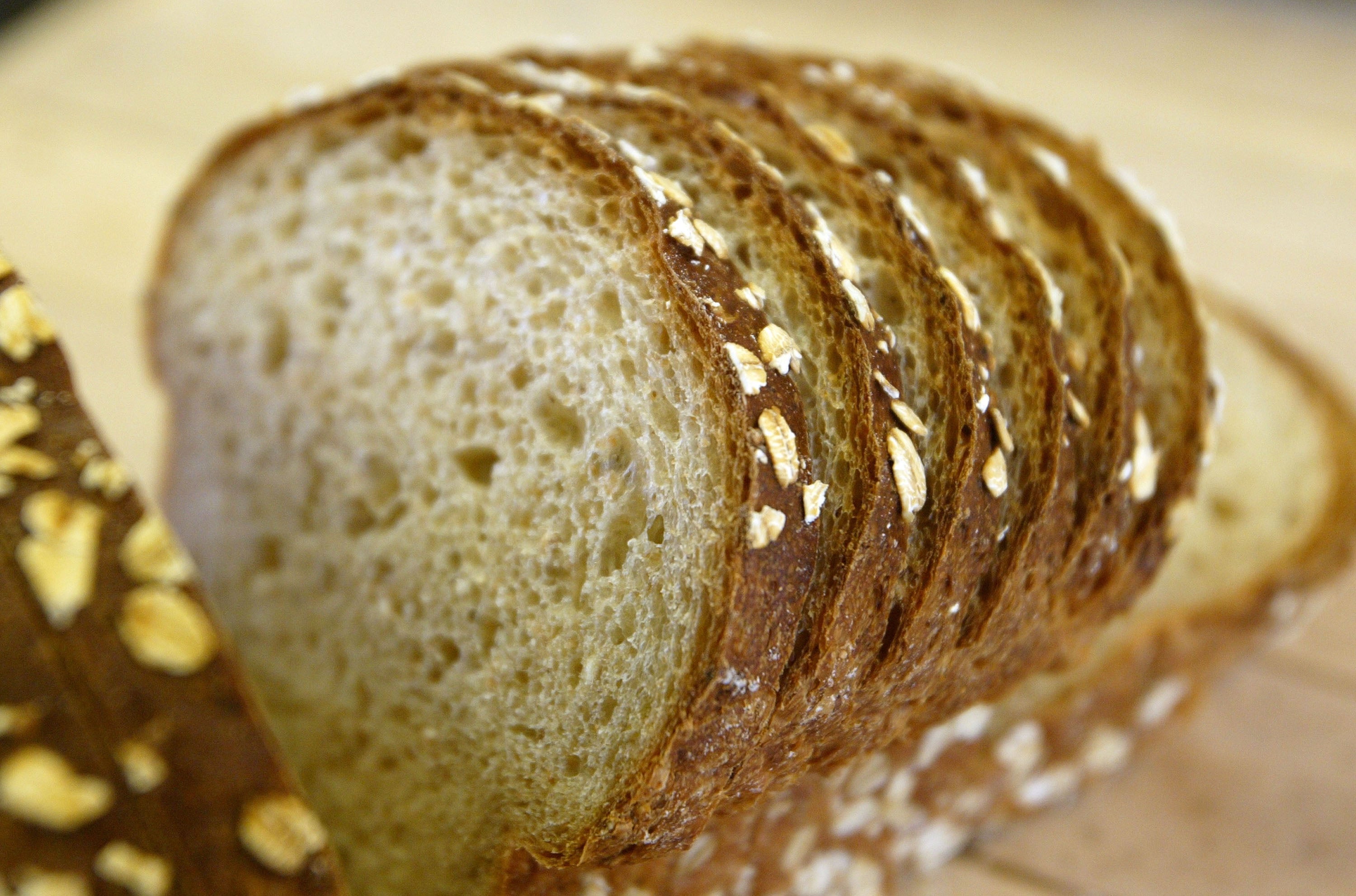Over a third of adults avoid foods based on colour
A survey has revealed that food colour has a significant impact on whether or not UK adults choose to eat it.

More than a quarter of the items Brits eat each week are beige comfort food, despite people considering bright coloured hues to be more cheery, according to a survey.
A total of 34 per cent of the 2,000 adults polled admitted there are certain foods they’ve avoided purely based on their colour.
Brits are most likely to turn their noses up at foods with dark hues like black, blue and purple, while 20 per cent don’t eat anything green.
But bright coloured foods can also improve people’s moods, with bananas (40 per cent), berries (43 per cent) and strawberries (53 per cent) all said to impact positively.
It also emerged that 45 per cent confessed to being aware that they eat too many beige coloured foodstuffs, and should add more colour to their plates.
The study was commissioned by British kitchen appliance manufacturer Stoves.
Jane Rylands, from Stoves, said: “The research has shown us that adding a variety of colours into the kitchen can have a really positive impact on your mood, which is especially important as we head into a second lockdown during the winter months.
“Mixing up what’s on your plate to make it as colourful as possible not only looks great, it does your body good while also improving your mood."
The study also found that three in 10 adults would even go so far as to suggest the colour of food affects the way it tastes.And a quarter believe these tastes change as you get older.
On an average day, adults believe they eat foods of five different colours, according to the OnePoll research.
In order of likelihood to be consumed, these will most often be green, beige, brown, white and yellow.
But just under a fifth (17 per cent) think they eat more beige food during the early winter months of November and December.
Sophie Wright, chef and radio panellist, speaking on behalf of Stoves, said: “Bright and colourful food is nature at its best - It’s so widely available and versatile, even in the dark cold winter months."
SWNS



Join our commenting forum
Join thought-provoking conversations, follow other Independent readers and see their replies
Comments